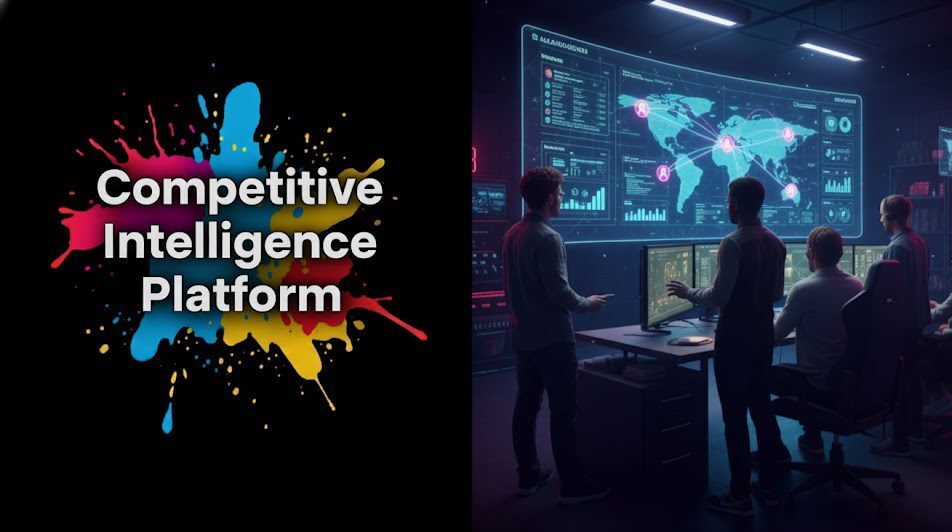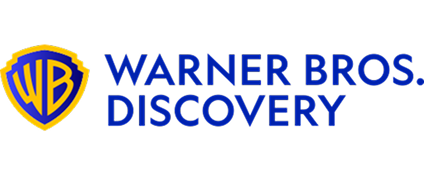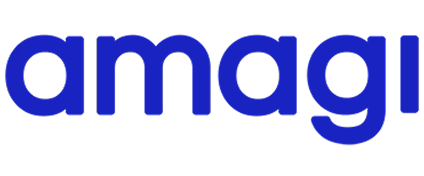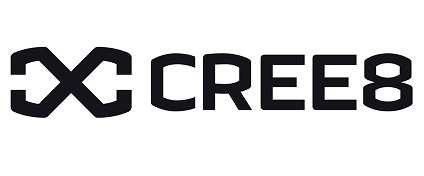Competitive Intelligence Platform: Strategy for M&E Supply Chain

Introduction
The global Media & Entertainment (M&E) industry is defined by constant flux. A competitive edge is no longer gained by size or legacy, but by speed and clarity of insight.
For the senior executive tasked with content acquisition, distribution, or high-stakes financing, the ability to anticipate market moves is the only sustainable path to superior return on investment (ROI).
This is where the Competitive Intelligence Platform shifts from a support tool to a central engine of corporate strategy.
In a world where multi-million-dollar decisions are made based on incomplete, scattered data, simply monitoring competitors is insufficient.
The executive persona—the VP of Strategy, the Head of Co-Productions—requires a holistic system that synthesizes disparate signals across the entertainment supply chain into a single, verifiable source of truth.
This concept explainer will define what a Competitive Intelligence Platform is, detail its specific function within the complex M&E landscape, and provide a framework for building a CI program that drives clear, measurable business outcomes.
Table of content
- The Strategic Imperative: Why a Competitive Intelligence Platform is Critical for M&E Leaders
- What is a Competitive Intelligence Platform, and How Does It Function in the M&E Supply Chain?
- Differentiating CI from Market Intelligence (A Strategic Clarification)
- The Vitrina Solution: Real-Time Competitive Intelligence for the Global M&E Supply Chain
- Conclusion: The Future of M&E Strategy
- Frequently Asked Questions
Key Takeaways
| Core Challenge | Strategic Solution | Vitrina’s Role |
| Fragmented, siloed data and reactive decision-making in the M&E supply chain. | Implementing a single Competitive Intelligence Platform to automate data collection and provide predictive insights. | Providing the world’s leading verified database of M&E projects, companies, and decision-makers in real time. |
The Strategic Imperative: Why a Competitive Intelligence Platform is Critical for M&E Leaders
The M&E supply chain—spanning development, production, post-production, and distribution—is a high-velocity environment where first-mover advantage is everything. For executives, this landscape presents three core strategic problems that a centralized Competitive Intelligence Platform is engineered to solve.
The first problem is a lack of early warning. Content Acquisition leaders frequently discover high-value film and TV projects only when they are already being shopped at a market or announced publicly.
This reactive posture dramatically weakens negotiating position and often leads to lost opportunities. A key pain point for this persona is the difficulty of getting early warning on upcoming film/TV projects in development or production for financing or pre-buy, as detailed in the M&E supply chain pain points analysis.
The second problem is the sheer volume of fragmented data. Information about competitors, partners, and projects is scattered across trade publications, disparate vendor databases, company websites, and social media.
This necessitates high-cost, manual aggregation—a process that takes up to 72 hours in some manual CI operations, according to a case study on automated workflows by Genpact. In the time it takes to manually compile an M&E market briefing, the data has already changed.
Finally, there is the issue of unverified contacts and credential gaps. A distribution executive looking for a co-production partner in LATAM or a VFX studio with experience in a specific proprietary software needs more than a company name.
They require validated track records, executive contacts, and a clear history of collaborations to minimize risk and accelerate deal flow.
Fragmented Data and the ‘Golden Record’ Problem
The complexity of the M&E supply chain means that one company can be a competitor in one vertical (e.g., streaming) and a vital partner in another (e.g., localization). Traditional competitive analysis tools, which often focus on digital marketing or simple financial metrics, fail to capture this intricate relational graph.
The goal of a modern CI platform is to create a “golden record”—a single source of truth—by unifying operational data (project tracking, partner credentials, executive movement) with market context (financing trends, technology adoption).
This holistic view enables the M&E executive to confidently answer complex questions like: Which studios with a history of family content are actively seeking co-production partners in Canada using a specific VFX vendor?
From Reactive Monitoring to Predictive Strategy
By centralizing and structuring data, the function of a Competitive Intelligence Platform transforms competitive analysis from a reactive monitoring task into a proactive, predictive strategic function.
Instead of simply reporting on a competitor’s recent product launch, the platform should enable an executive to anticipate why that launch occurred, which partners were involved, and what the competitor’s next strategic move will be, based on their production pipeline.
This anticipation is the true source of competitive advantage in a high-risk content business.
What is a Competitive Intelligence Platform, and How Does It Function in the M&E Supply Chain?
A Competitive Intelligence Platform is a technology system designed to legally and ethically collect, analyze, and disseminate information about competitors, market trends, and related entities to inform strategic decision-making.
These platforms move beyond simple data aggregation by applying machine learning and natural language processing (NLP) to structure unstructured data, making it actionable.
In the context of the global M&E supply chain, the platform’s function is highly specialized, focusing on business-level activity rather than audience metrics or sentiment. It tracks the movement of production and the relationships between companies.
Core Function 1: Comprehensive Data Sourcing and Automation
The primary utility of the platform is its ability to automate the collection of data from diverse, publicly available sources that are often inaccessible or impractical for manual research.
This includes:
- Project Lifecycle Tracking: Monitoring a film or TV project from the moment it is optioned (development) through principal photography (production) to post-production and distribution. This allows for critical early-stage insight, which is paramount for financiers and acquisition teams. Vitrina’s proprietary project tracking technology is built specifically to address this lifecycle visibility gap, offering a unique solution for comprehensive project tracking.
- Company and Collaboration Mapping: Systems like those mentioned in the Forrester Wave report for CI platforms, such as M-Brain, often rely on vast data sources. For the M&E sector, this translates to mapping every past and present collaboration—who partnered with whom, on what project, and in what capacity.
- Executive Movement: Tracking key decision-makers (CXOs, department heads, showrunners) as they move between studios, vendors, and production companies, providing insight into a competitor’s strategic hiring and future project focus.
Core Function 2: Actionable Insights via AI and Predictive Analytics
The Competitive Intelligence Platform doesn’t just store data; it structures it to deliver actionable intelligence. Its key value is turning a raw data point (e.g., Studio X is filming in Malta) into a strategic insight (e.g., Studio X’s Malta shoot means they are leveraging the 40% local tax incentive, signaling a likely move toward mid-budget, geographically flexible projects in that territory).
This is achieved by:
- Tagging and Categorization: Applying a consistent, sophisticated ontology to categorize every company (by specialty, technology, scale), project (by genre, stage, budget), and person (by role, department, track record).
- Visualization: Presenting complex relational data (e.g., network graphs of co-production partners) in an easy-to-digest format that facilitates executive-level briefings and strategic presentations.
- Predictive Modeling: Identifying patterns in competitor behavior—such as consistent partnerships, investment in a specific genre, or a cluster of project announcements—to predict future content and partnership strategy.
Differentiating CI from Market Intelligence (A Strategic Clarification)
For the executive, the terms competitive intelligence (CI) and market intelligence are often conflated. The key distinction lies in the intent and focus of the analysis.
- Market Intelligence focuses on the overall environment. It answers: What is the size of the total addressable market? What are the macro trends in the AVOD space? What is the average box office for a horror film in Europe? Market intelligence provides context and opportunity sizing.
- Competitive Intelligence focuses on specific entities. It answers: What is Competitor Y’s explicit next move in the sports documentary space? What is their track record with this specific distributor? Who is the decision-maker for their post-production budget? CI is targeted, focused on predicting and influencing specific business actions.
A robust Competitive Intelligence Platform for M&E must incorporate both. It must offer the Market Intelligence context (e.g., Variety reports global streaming penetration is at X%) while providing the Competitive Intelligence data layer (e.g., Competitor Z just signed a distribution deal with this specific partner). Without both, the strategic framework is incomplete.
The Vitrina Solution: Real-Time Competitive Intelligence for the Global M&E Supply Chain
Vitrina is built as the definitive Competitive Intelligence Platform for the M&E supply chain, directly addressing the need for verified, real-time data on projects, companies, and people. It operates on the core belief that intelligence must be verifiable, extensive, and actionable for the executive persona.
Beyond Simple Tracking: Verified Contacts and Collaboration Mapping
Vitrina’s value proposition is centered on turning disparate data into strategic knowledge:
- Verified Data on 350,000+ Companies: The platform’s proprietary database tracks studios, streamers, distributors, vendors, and financiers globally. This allows for unparalleled visibility into the operational heart of the competition.
- The Project Tracker: This core feature moves beyond mere news aggregation. It tracks the real-time movement of Film & TV projects through development, production, and post, providing Content Acquisition executives with the early warning system they need to execute preemptive strikes or secure pre-buys.
- 3M+ Decision-Makers: Vitrina provides access to over 3 million CXOs and crew heads, all tagged by department, specialization, and verified contact details. For business development and sales teams, this transforms a cold lead into a targeted, informed outreach.
- Strategic Briefing Support: The platform is designed to support high-stakes strategic decision-making, providing CXO-level insights, trend analysis, and a structured view of the competitive landscape that is essential for quarterly and annual planning.
The platform is not a social media monitoring tool or a consumer-focused product; it is an executive intelligence system focused strictly on industry metadata, collaboration history, and project tracking, making it the most relevant Competitive Intelligence Platform for the M&E sector.
Conclusion: The Future of M&E Strategy
The days of relying on anecdotal evidence, scattered trade reports, or incomplete spreadsheets for competitive analysis are over. For the senior M&E executive, the Competitive Intelligence Platform is the single most vital piece of technology to ensure strategic foresight and business security.
Its ability to create a single source of truth from the noise of the global supply chain empowers leaders to shift from reacting to market events to confidently anticipating and shaping them. Implementing this level of intelligence is not a matter of efficiency; it is a fundamental mandate for remaining competitive.
Frequently Asked Questions
The main components of competitive intelligence include market analysis, competitor research and analysis, customer feedback gathering, pricing optimization, and the development of a Go-to-Market (GTM) strategy informed by these insights.
Market intelligence provides a broad, contextual view of the overall market environment, trends, and opportunities, while competitive intelligence is a targeted function focused on specific entities, aiming to predict and influence the actions of direct competitors.
A competitive intelligence strategy is a formal framework that dictates what information to collect (scope), how to analyze it (process), and how to disseminate the resulting insights (delivery) to key decision-makers across the organization to achieve a competitive advantage.
M&E executives should begin by identifying the critical decision points (e.g., content acquisition, co-production partners), selecting a platform that provides validated, real-time data across the project lifecycle, and integrating that data into existing strategic workflows and CRMs.

























